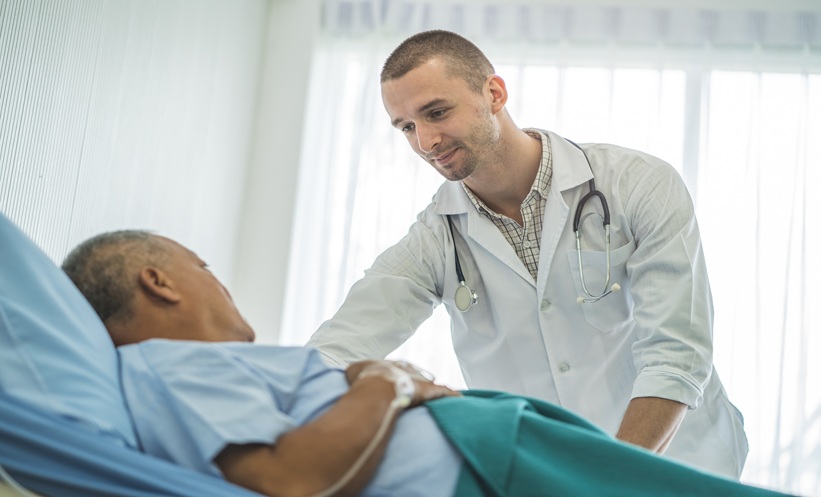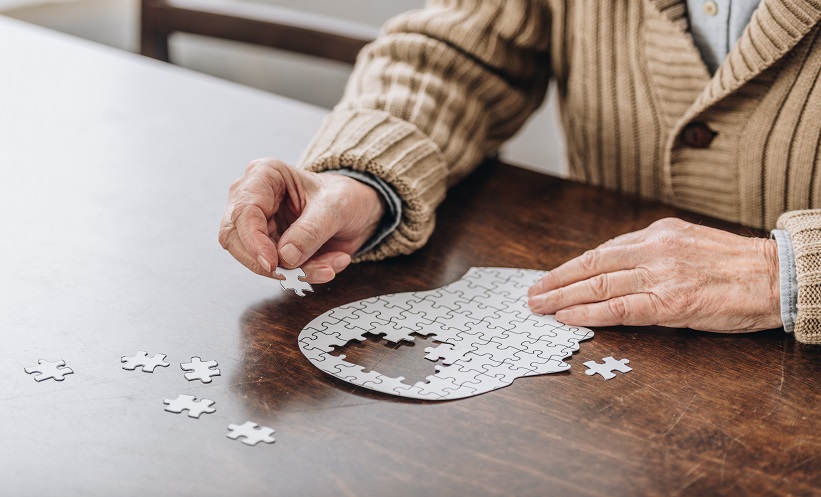László Oláh | Department of Neurology, Faculty of Medicine, University of Debrecen, Hungary
Citation: EMJ Neurol. 2023; DOI/10.33590/emjneurol/10302743. https://doi.org/10.33590/emjneurol/10302743.
![]()
What motivated you to pursue a career in clinical neurology?
I have always been attracted to mathematics and logic, and during my university studies I found neurology to be the most logical subject. I was amazed with how we could get closer to such a complex system as the brain, and how it was possible to draw conclusions about brain dysfunction using simple tests and physical examinations. Moreover, I found the brain to be the most amazing organ. Unlike other organs, each area of the brain has its own function, and damage to each area results in a characteristic dysfunction.
Do you think there are any misconceptions about your speciality?
Many people, sometimes even the professionals, confuse neurology and psychiatry, and do not understand the differences between neurology, psychiatry, and psychology. One of the reasons for this is that the word ‘nervousness’ includes the nerve, which is examined by neurologists. The other misconception is that painful diseases are more dangerous than the painless ones. It is interesting to see that patients with low back pain get to the hospital earlier than patients with stroke, just because the stroke is not painful. It is difficult to understand why patients are not frightened by weakness of their extremities.
The Debrecen Clinic is believed to be one of the top departments for neurological care in Hungary. What do you think other university hospitals could learn from the University of Debrecen Clinic?
I think that university clinics in Hungary are well equipped and provide excellent care for neurological patients. Of course, there are times where one clinic is better than another at treating certain diseases, but in other respects the situation can be reversed. Debrecen has always been at the forefront of stroke management and the study of stroke pathophysiology, which can be rooted in the fact that my predecessors were interested in stroke and cerebral circulation. Debrecen can be proud of stroke management and cerebral haemodynamic research based on the non-invasive transcranial Doppler methos, which offers a real time examination of cerebral blood flow changes.
What was the key message that you were trying to deliver in a recently published article that you co-authored, entitled ‘Elevated Blood Alcohol Concentration Is Associated with Improved Clinical Outcomes of Intravenous Thrombolysis Treatment in Acute Ischemic Stroke Patients’?
It was a very interesting observation: that those patients who had a stroke under the effect of alcohol and were treated with tissue plasminogen activator had a much better clinical outcome than patients who had not consumed alcohol. Alcohol seems to potentiate the effect of intravenous thrombolysis without increasing haemorrhagic complications. Of course, this retrospective study needs to be validated in a prospective, multicentre study, but it is an interesting thought that many neuroprotective drugs have failed, while there is a common, every-day used ‘drug’ that could be effective.
As an educator, what will you focus on in the coming years?
Education must be done at many levels. We must educate patients to recognise their illness and not delay in calling an ambulance. We must teach graduate students to recognise the most important neurological diseases and to know the diagnostic and treatment options. Finally, we have to educate the doctors, those who have already graduated and specialised, to keep their knowledge up to date and keep up with the development of science.
You are on the local organising committee for the European Academy of Neurology (EAN) 2023 congress. How is the EAN using its position to promote and support the development of neurological excellence in Europe, leading to better patient care and outcomes?
The EAN brings together neurologists and scientists at its annual conferences to share their knowledge and exchange experiences. The EAN offers online educational resources and courses to provide continuous learning. Moreover, the EAN’s Clinical Fellowship Programme provides visiting opportunities in a department with excellent expertise in a specialist field. Special scientific panels aim to co-ordinate clinical research, interpret results of clinical studies, and produce clinical guidelines. The EAN guidelines promote the practical use of the latest scientific results and ensures the widespread dissemination of the best clinical practice.
You have recently been appointed as Head of the Debrecen Clinic. What are you hoping to achieve in this role?
Our department has always played a leading role in stroke treatment and research. I would like to preserve these results and further develop and expand recanalisation therapies. I would like to develop other areas of neurology, such as movement disorders, epilepsy, and neuromuscular and neuroimmunological diseases. For this, more neurologists, who have gained longer or shorter experiences in other leading European clinics, are needed. However, the biggest challenge right now is building and retaining an excellent team of nurses and assistants. If this can be achieved, we can hope that more and more patients will leave the clinic in good condition at the end of their treatment. Furthermore, I would like the students studying at our department to receive the best education and to leave satisfied when they have finished their education.
Over the years that you have been practising as a neurologist, what are the most significant changes you have observed?
We are witnessing such a rapid and enormous scientific and instrumental development that is difficult to comprehend. Even in the 1980s, neurologists performed pneumoencephalography, percutaneous carotid angiography, and myelography. When I started working in 1991, we had to think about who to send for CT. Today, magnetic resonance examinations belong to a daily routine, and new special magnetic resonance sequences are developed in every year. The human genome is being sequenced, brain activity can be mapped, surgeons operate with robots, non-invasive methods are used to estimate the penumbra, aneurysms are closed, thrombi are removed by neurointerventionalists with use of catheters, Parkinson’s disease is treated with a neuropacemaker, and spinal muscular atrophy is cured with gene therapy, etc.
Are there any significant advancements on the horizon in the field of neurology?
There are a number of advancements, including gene therapies that may change the course of inherited neuromuscular disorders; immune checkpoint inhibitors that may improve the oncotherapy; antibodies that are being produced and used against β-amyloid plaques in patients with Alzheimer’s disease; penumbra imaging, which allows personalised reperfusion therapies in patients with stroke; thrombi causing large vessel occlusion are removed with use of microcatheters; and a minimally invasive surgery technique combined with local tissue plasminogen activator treatment is used to evacuate intracerebral haematoma. It is unbelievable.







